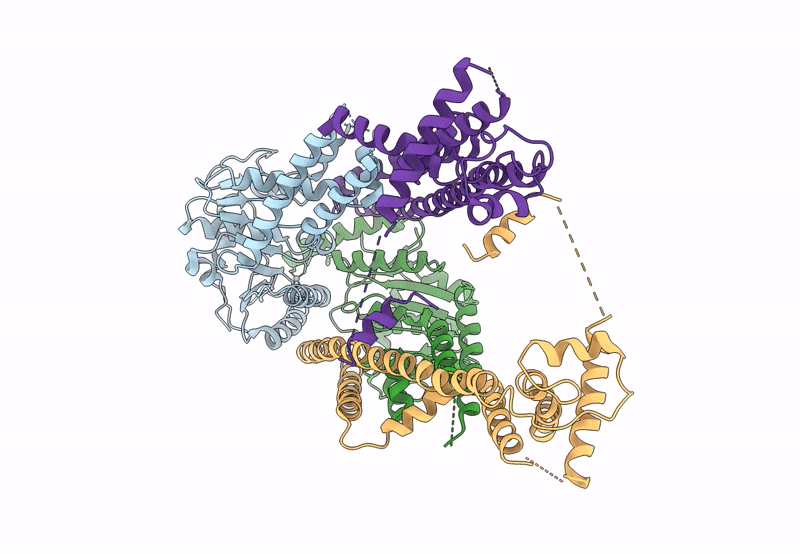
Deposition Date
2023-03-09
Release Date
2023-11-29
Last Version Date
2023-11-29
Entry Detail
PDB ID:
8ODV
Keywords:
Title:
Chaetomium thermophilum Get1/Get2 heterotetramer in complex with a Get3 dimer (nanodisc)
Biological Source:
Source Organism:
Thermochaetoides thermophila DSM 1495 (Taxon ID: 759272)
Host Organism:
Method Details:
Experimental Method:
Resolution:
4.70 Å
Aggregation State:
PARTICLE
Reconstruction Method:
SINGLE PARTICLE


